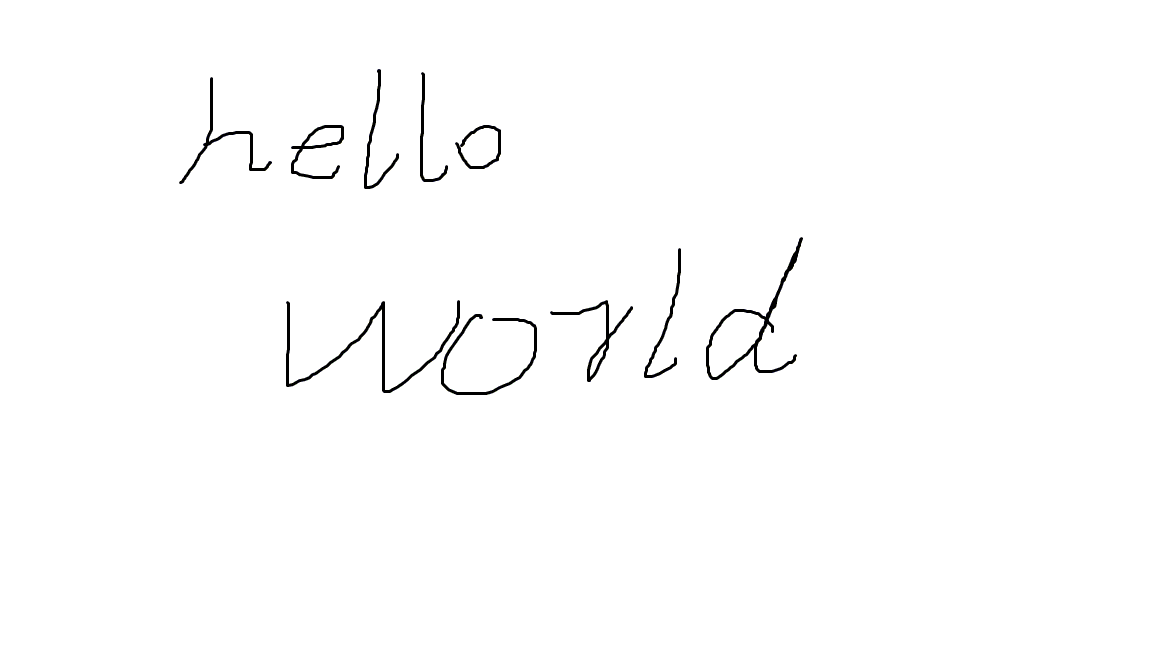SDL2实现加载图片(编译环境VS2017)
一、SDL2新方法
#define SDL_MAIN_HANDLED
#include "SDL.h"
#include<iostream>
using namespace std;
const int Window_WIDTH = 640;
const int Window_HEIGHT = 480;
SDL_Window* window = NULL;
SDL_Renderer* render = NULL;
SDL_Texture* tex = NULL;#define SDL_MAIN_HANDLED以为SDL 要用自己的main函数需要重定义SDL_main()
声明窗口的宽和高,声明一个窗口,渲染器,纹理
声明之后初始化为NULL(C11为NULLptr) 这是一个好的习惯
初始化窗口,渲染器
bool Init()
{
window = SDL_CreateWindow("my first SDL",
SDL_WINDOWPOS_UNDEFINED, SDL_WINDOWPOS_UNDEFINED, Window_WIDTH, Window_HEIGHT,
SDL_WINDOW_SHOWN);
if (window == NULL)
{
cout << "creat window error\n";
return false;
}
render = SDL_CreateRenderer(window, -1, 0);
if (render == NULL)
{
cout << "creat render error\n";
return false;
}
return true;
}如果为NULL则初始化失败,返回false
SDL_CreatWindow:第一个参数是窗口名字,第二三是窗口的坐标(SDL_winpos_undefined 为采用系统默认)
后面两个是宽和高,最后一个是window Flag,这里采用SDL_window_shown,即时呈现窗口
SDL_CreatRenderer:第一个参数为渲染的窗口,第二个是采用的驱动(默认-1为自动选择),最后一个为渲染标志
这里默认采取0
加载图片即为上面的hello world
bool LOAD_Image()
{
SDL_Surface* hello = NULL;
hello = SDL_LoadBMP("hello.bmp");
if (hello == NULL)
{
cout << "load bmp error\n";
return false;
}
tex = SDL_CreateTextureFromSurface(render, hello);
SDL_FreeSurface(hello);
if (tex == NULL)
{
cout << "creat surface tex error\n";
return false;
}
return true;
}SDL_surface可以理解为一个存放图片的变量
SDL_loadbmp 加载路径图片,这里采用相对路径,失败则返回NULL
tex = SDL_CreateTextureFromSurface(render, hello) 用hello初始化tex纹理,第一个参数为要加入到的渲染器
SDL_FreeSurface(hello);后面用不到surface hello了所以释放掉它,这是一个好习惯
放置图片
bool Put_Image()
{
SDL_RenderCopy(render, tex, NULL, NULL);
SDL_RenderPresent(render);
SDL_Delay(1000);
return true;
}SDL_RenderCopy(render, tex, NULL, NULL);将纹理贴到渲染器上,后面两个参数是贴的范围,默认NULL为全部
SDL_RenderPresent(render);将渲染器的内容呈现到窗口
SDL_Delay(1000);延迟1秒
退出
void Quit()
{
SDL_DestroyWindow(window);
SDL_DestroyRenderer(render);
SDL_DestroyTexture(tex);
SDL_Quit();
}全部代码为:
#define SDL_MAIN_HANDLED
#include "SDL.h"
#include<iostream>
using namespace std;
const int Window_WIDTH = 640;
const int Window_HEIGHT = 480;
SDL_Window* window = NULL;
SDL_Renderer* render = NULL;
SDL_Texture* tex = NULL;
bool Init()
{
window = SDL_CreateWindow("my first SDL",
SDL_WINDOWPOS_UNDEFINED, SDL_WINDOWPOS_UNDEFINED, Window_WIDTH, Window_HEIGHT,
SDL_WINDOW_SHOWN);
if (window == NULL)
{
cout << "creat window error\n";
return false;
}
render = SDL_CreateRenderer(window, -1, 0);
if (render == NULL)
{
cout << "creat render error\n";
return false;
}
return true;
}
bool LOAD_Image()
{
SDL_Surface* hello = NULL;
hello = SDL_LoadBMP("hello.bmp");
if (hello == NULL)
{
cout << "load bmp error\n";
return false;
}
tex = SDL_CreateTextureFromSurface(render, hello);
SDL_FreeSurface(hello);
if (tex == NULL)
{
cout << "creat surface tex error\n";
return false;
}
return true;
}
bool Put_Image()
{
SDL_RenderCopy(render, tex, NULL, NULL);
SDL_RenderPresent(render);
SDL_Delay(1000);
return true;
}
void Quit()
{
SDL_DestroyWindow(window);
SDL_DestroyRenderer(render);
SDL_DestroyTexture(tex);
SDL_Quit();
}
int main(int argc, char *args[])
{
if (Init())
{
if(LOAD_Image()) Put_Image();
Quit();
}
system("pause");
return 0;
}
二、继承SDL1.2的老方法
#define SDL_MAIN_HANDLED
#include <SDL.h>
#include<iostream>
using namespace std;
const int SCREEN_WIDTH = 640;
const int SCREEN_HEIGHT = 480;
int main(int argc, char* argv[])
{
SDL_Window* window = NULL;
//The surface contained by the window
SDL_Surface* screenSurface = NULL;
SDL_Surface* hello = NULL;
//Initialize SDL
if (SDL_Init(SDL_INIT_VIDEO) < 0)
{
printf("SDL could not initialize! SDL_Error: %s\n", SDL_GetError());
}
else
{
cout << "successfully\n";
window = SDL_CreateWindow("my SDL",SDL_WINDOWPOS_UNDEFINED,SDL_WINDOWPOS_UNDEFINED,640,480, SDL_WINDOW_OPENGL | SDL_WINDOW_SHOWN | SDL_WINDOW_RESIZABLE);
if (window == NULL) cout << "window error\n";
else
{
cout << "window success\n";
screenSurface = SDL_GetWindowSurface(window);
hello = SDL_LoadBMP("hello.bmp");
if (hello == NULL) cout << "load error\n";
SDL_BlitSurface(hello, NULL,screenSurface , NULL);
SDL_UpdateWindowSurface(window);
SDL_Delay(2000);
SDL_DestroyWindow(window);
SDL_Quit();
}
}
system("pause");
return 0;
}这里通过SDL_blitsurface将hello加到screensurface上然后将加载到后台缓冲区
最后通过updateWindowssurface更新前台缓冲区,呈现我们的图片
注:
笔者也是SDL在学者,错误之处望指正
维基帮助文档(用于函数查询)http://wiki.libsdl.org/FrontPage
